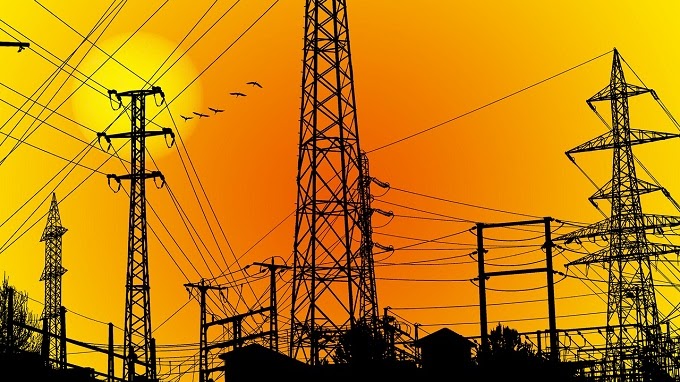
Electricity is a vital part of modern life and important to all humans on Earth, no matter where they live and who they are. Electricity has become such a fundamental and necessary part of our world that now we simply can’t live without it.
People use electricity for lighting, heating, cooling, and refrigeration and operating appliances, computers, electronics, machinery, and public transportation systems. Special emphasis on business electricity; a workplace would simply collapse if electricity didn’t exist.
Workplaces
Five uses of electricity represent the largest shares of total annual electricity use in the commercial sector: refrigeration, computers, and total combined office supplies, cooling, lighting, and ventilation.
For the production of different materials, the factory uses heavy machinery which mostly runs on electricity. Even the large-scale magnets require electricity to keep them charged for lifting weighty metals.
Workplaces mostly rely completely on most things that run on electricity. The lights, lifts, AC, coffee machine, ID card reader, biometric scanners, and everything else require electricity to function.
Business Electricity
Everybody uses electricity on a daily basis, and reports show that this usage is on the rise – especially when it comes to commercial businesses – the pandemic fueling the demands.
The UK Government published a report entitled “Energy Consumption in the UK,” which stated that:
“There has been a shift in the share of consumption by the three key sectors: in 1970, public administration accounted for 47% of services in consumption and the commercial sector 43%. By 2017, public administration consumers were 26%, and commercial shares had risen to 67%. Agriculture’s share decreased between 1970 and 2017 from 10% to 7.2%.”
Average Electricity per Year
The cost of electricity will depend on a variety of different factors, including one’s location, how much electricity your office consumes as a unit, the length of the contract, and the viability and the tariff you are on.
Electricity demand in the commercial sector tends to be most elevated during operating business hours; it decreases significantly on nights and weekends.
Industrial Customers
Industrial customers’ facilities and tools use electricity for processing, constructing, or forming goods, including such eclectic industries as manufacturing, mining, agriculture, and construction.
Ultimately, this sector uses less than a third of the nation’s electricity. Electricity use in the industrial sector tends not to fluctuate through the day or year as in the residential and commercial sectors, a stable sector regarding electricity, particularly at manufacturing facilities that operate continuously with hard work.
Transportation
The transportation sector consumes most of its energy by directly burning fossil fuels like gasoline, diesel, and jet fuel. However, some conveyances use electricity from the electric power grid instead.
These vehicles include battery-powered electric cars and plug-in hybrid electric cars that reserve power from the grid when they charge their batteries.
Many types of electric vans, trucks, and buses do the same, and subway, electric rail, and trolley systems are constantly linked to the electric power grid. Transportation activities account for less than 1 percent of total U.S. electricity use, but this percentage could increase as electric vehicles become more standard.
These vehicles can potentially even feed power back into the grid when demand from other sectors is high, which means the vehicles’ batteries are providing storage capacity for the grid, like a reversible battery cell.











